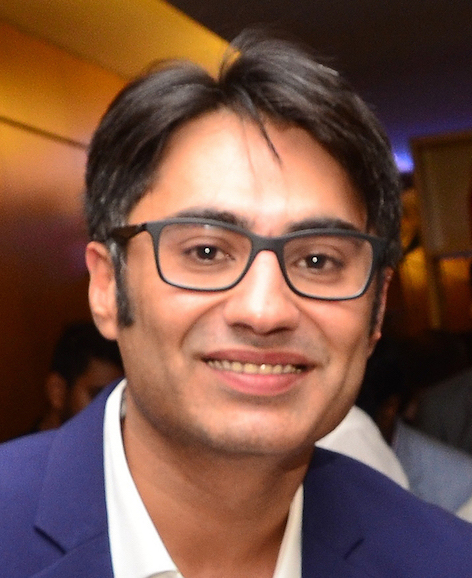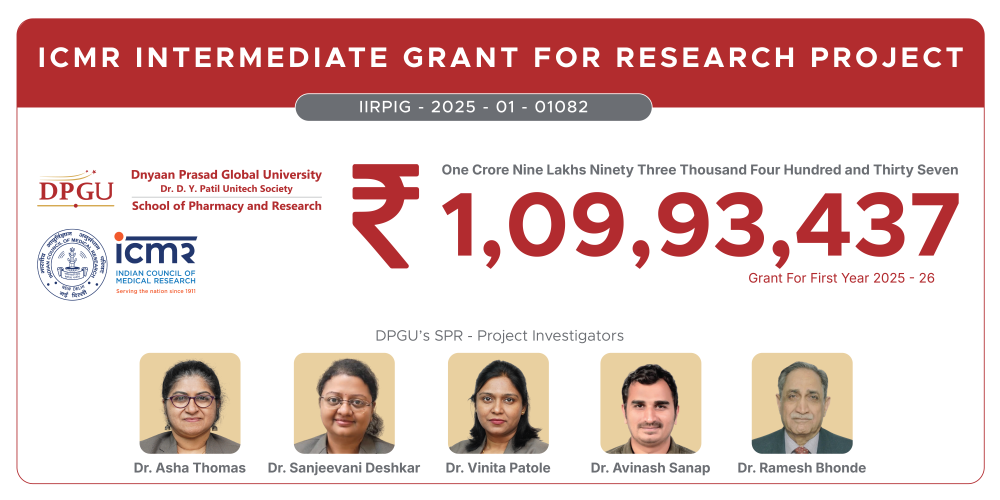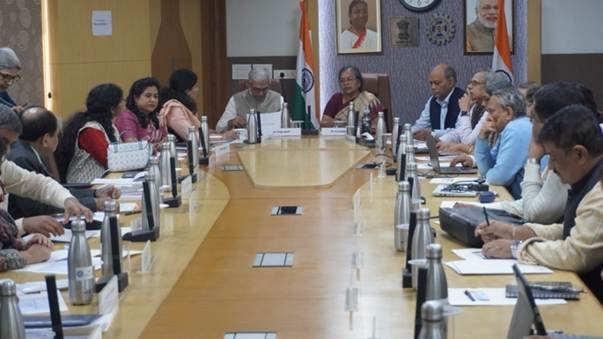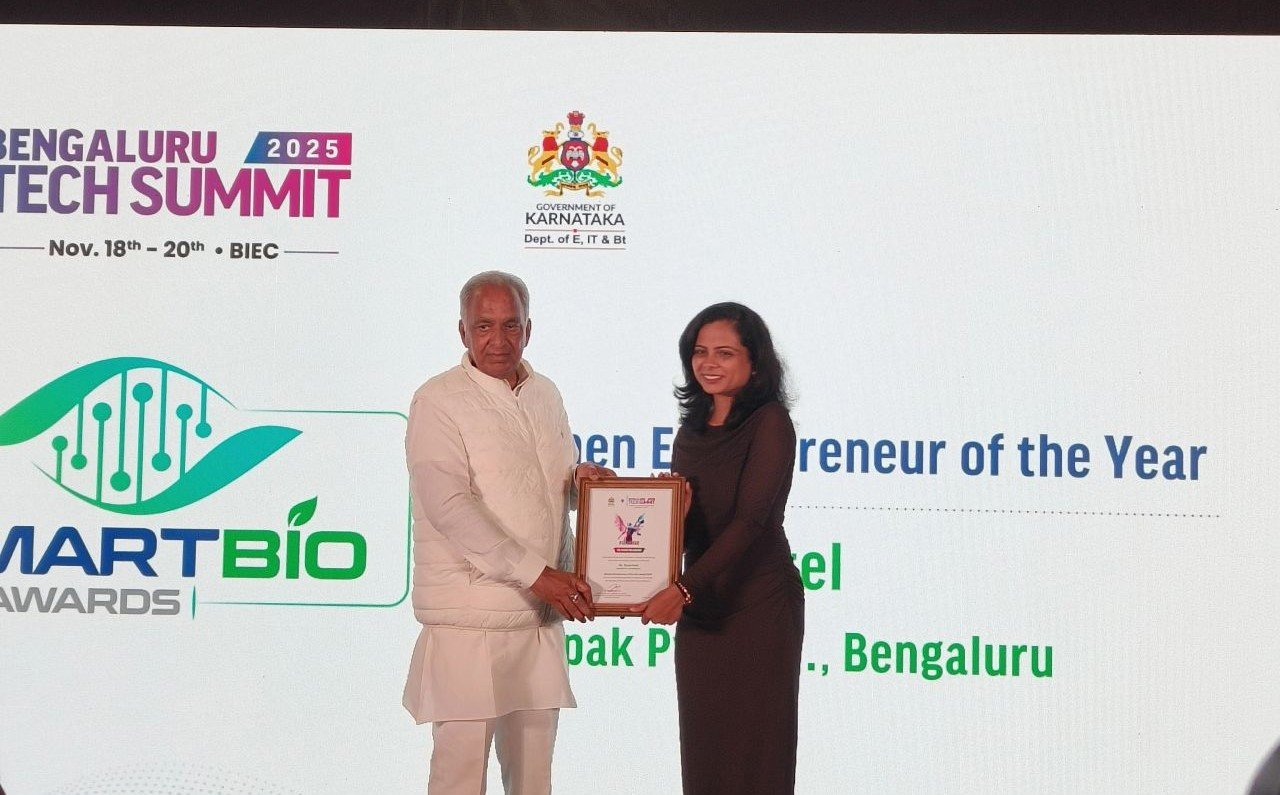Discovering sweet spot on UV spectrum for indoor disinfection
January 04, 2022 | Tuesday | Views | By Rishubh Nayar, Director - Christie Digital Systems (India), Bengaluru
As we are seeing worldwide, new variants make it crucial to embrace hygiene practices and disinfection technology as a way of life. As we experience unprecedented, global health challenges, we must use available technologies to combat the spread of pathogens.
In 2022, as economies cautiously reopen and desperately seek a revival, the need to defend against the spread of infection takes on a new level of importance.
Inactivating pathogens effectively and continually around people
Since airborne diseases are harder to control than surface-transmitted diseases, it can be challenging to tackle the spread of invisible contaminants such as bacteria and viruses. Constant manual cleaning has its limitations: its effects are only temporary, only on surfaces, and is often not possible when people are already present in a venue. We need a solution that can inactivate airborne pathogens effectively and continually around people. This makes it crucial to protect and configure indoor premises with the safety and efficiency of far-UVC 222nm light. This specific UV wavelength can inactivate airborne and surface contaminants like bacteria and viruses, and offer a layer of defence in indoor spaces around people.
Not all UVC light is created equal
The discovery and technical application of far-UVC 222nm light emerges as a disinfection game-changer when compared to traditional UVC light to disinfect spaces. Here, the wavelength of the UVC light can be the make-or-break point of difference. When we use longer wavelength (254nm) UVC light for disinfection, it exposes humans to health risks by potentially penetrating our eyes and skin, making it unsafe. Hence, it can’t be used when people are present. We need proven far-UVC technology designed that produces far-UVC 222nm light, contains an optical filter to prevent longer, harmful UVC wavelengths from being emitted, that can also meet established safety guidelines. Technology that meets these requirements can safely inactivate pathogens around people, effectively and continually.
Multiple accredited research studies around the world have validated the results of far-UVC light (222nm). A study conducted at Columbia University Irving Medical Center entitled Far-UVC light (222nm) efficiently and safely inactivates airborne human coronaviruses in June 2020 found that 99.9% of aerosolised seasonal coronaviruses were inactivated when exposed to far-UVC 222nm light for 25 minutes. Even with very low, continuous exposure (1.7 and 1.2 mJ/cm2) to far-UVC light at the current regulatory limit of (~3 mJ/cm2/hour), researchers noted a significant decline of both airborne and surface pathogens in the tested area.
How does far-UVC 222nm light inactivate viruses?
Sunlight includes invisible UV light: UVA, UVB, and UVC. UVC has the shortest wavelengths, and the ozone layer absorbs most UVC light before it reaches earth. UVC light inactivates pathogens like coronaviruses by damaging their RNA, which neutralizes them, leaving them unable to reproduce or infect us. This ground-breaking technology is available in commercial disinfection products, such as ceiling-mounted fixtures designed for high-ceiling applications. What’s critical however, is that the technology uses an optical filter to prevent longer, harmful UVC wavelengths (>230nm) from being emitted, so that it can be used effectively and continually around people.
A user-friendly, effective and viable disinfection tool for indoor areas
The lamps that emit filtered far-UVC 222nm light are smartly designed, quickly deployable, connected with wireless Bluetooth technology, and are re-configurable and programmable to be adjusted as per specific use cases. They can be operated over a wide range of ambient temperatures, are easy to install and service, and can be controlled automatically via an app. They also come with an increased shelf life as frequent and instant switching on or off at full output power doesn’t hamper their functioning.
These features empower businesses to effectively inactivate airborne and surface pathogens. However, while considering UVC light technology for disinfection purposes, choose technology that prioritizes consumer safety by ensuring it’s compliant with third-party testing facilities for electrical safety, radio equipment directives, and most importantly photobiological safety to ensure the level of UV exposure is within the current, established safety guidelines.
As we fight the spread of variants, and businesses in turn prepare to re-open and welcome back customers, we must add a layer of defence against pathogens. Ensuring that airborne and surface contamination levels are low and controlled is crucial for maintaining the health and quality of our environment while providing an economic boost across industries. Let’s use this ground-breaking far-UVC 222nm technology to safely, effectively, and continually inactivate harmful pathogens.
Rishubh Nayar, Director - Christie Digital Systems (India), Bengaluru










